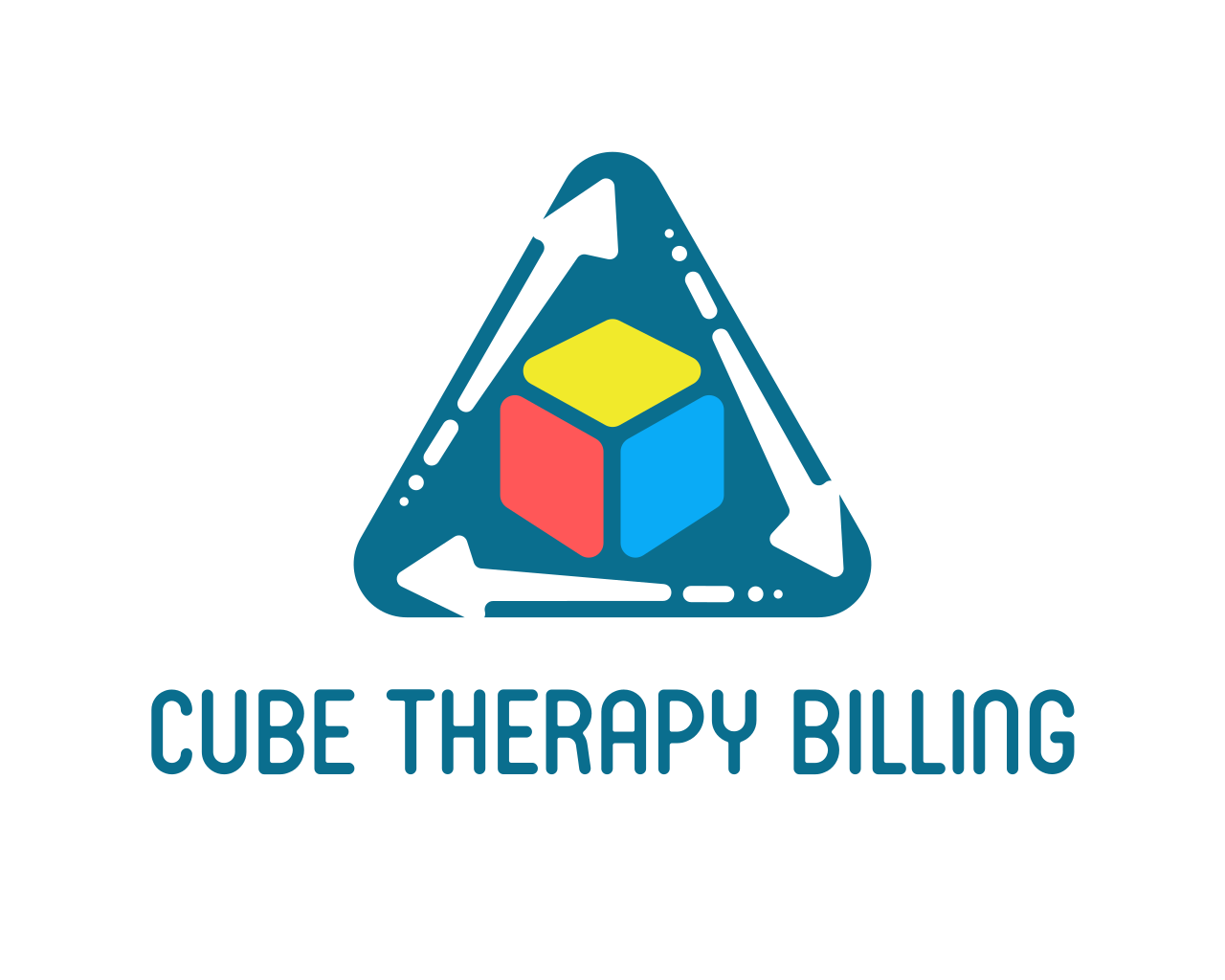How ABA Billing Works: A Step-by-Step Guide for Providers
- Veronica Cruz

- Apr 29
- 6 min read
Updated: Oct 24
Applied Behavior Analysis (ABA) therapy is life-changing, but navigating the billing side of it can feel like entering a maze—especially for providers who are focused on delivering care rather than chasing payments. ABA billing isn’t just about sending claims to insurance. It’s a multi-layered process with compliance, documentation, and payer-specific rules at every turn.
This step-by-step ABA billing guide breaks it all down—from client intake to claim resolution—so you can stay focused on care while improving your cash flow and compliance.

What Is ABA Billing?
ABA billing refers to the process of submitting insurance claims for ABA therapy services, ensuring that providers are paid accurately and in a timely manner. It includes everything from verifying a client’s coverage to coding services correctly and managing denials.
A strong ABA billing process is the backbone of a financially healthy therapy practice.
Why Is ABA Billing So Challenging?
ABA billing is complex for a few clear reasons. First, every payer has its own set of rules—approval steps, documentation needs, and CPT code preferences can vary widely. Second, even small mistakes—like the wrong modifier, expired authorization, or missing provider credentials—can delay payments and hurt cash flow. Third, ABA therapy is high-volume. Multiple sessions each week, several providers, and detailed notes make the process more demanding.
That’s why many clinics now partner with a professional ABA billing company. These experts streamline processes with ABA therapy billing financial policy, reduce errors, and help maintain AR Days between 25–30, which is well below the industry average. Less time chasing payments means more focus on care and practice growth.
A Step-by-Step Guide for Faster Reimbursements
Step 1: Client Intake and Insurance Verification
The billing process starts before therapy even begins. At intake, collect the client’s demographic and insurance details.
Next, verify insurance coverage to confirm if ABA therapy billing is included. Look for session caps, visit limits, or the need for a single case agreement if the provider is out-of-network.
Always check if pre-authorization is required—missing this step can lead to denied claims.
Also, confirm that your BCBAs or RBTs are listed with the insurance. Using ABA insurance credentialing services or working with experienced ABA billing companies can help prevent credentialing delays.
Pro Tip: HIPAA-compliant billing companies often automate this step, speeding up insurance checks and saving providers time.
Step 2: Service Documentation
Once therapy begins, your documentation controls whether you get paid. Insurers need proof in writing for every billed session under ABA therapy billing.
Start by recording key session details—time in/out, how long the session lasted, the provider type, and CPT codes used.
Your notes must support medical necessity. Clearly explain why the therapy is needed and how it helps the patient’s progress. To learn how to write stronger, audit-ready notes that protect your revenue, read more here
For codes like 97153, documentation must show the supervising BCBA’s involvement. Missing this step often leads to denials, even if the claim looks perfect.
Using ABA insurance credentialing and working with ABA billing companies helps avoid common mistakes with supervision and plan alignment.
Example
If an RBT provides direct therapy (97153), the note must match the authorized treatment plan and name the supervising BCBA. Without that, even a clean claim will fail.
The note must follow the authorized plan exactly.
It must list the supervising BCBA for compliance.
Step 3:Coding and Claim Generation
Accurate coding is the core of successful ABA therapy billing services. Each therapy session must be linked to the correct CPT code to avoid denials and delays.
Here are the most common codes:
97151 – Assessment and treatment planning
97153 – Direct therapy by RBT
97155 – Supervision and protocol modification
97156 – Caregiver training
Each code must match your documentation exactly. Mistakes—even small ones—can stop payments.
To stay updated on which CPT codes apply and how to use them correctly in claims, explore this CPT coding guide for ABA providers. It breaks down what each code means and how it affects billing accuracy. Many clinics rely on ABA billing companies to help ensure coding accuracy and improve cash flow.
Step 4: Claim Submission
Timely claim submission keeps your revenue on track. Use electronic filing through clearinghouses or payer portals for faster, cleaner processing.
Each claim must include the authorization number, correct CPT codes, and accurate therapy notes—missing any of these often leads to denials in ABA therapy billing services.
Submit claims within 48 hours of service to keep AR Days between 25–30. For high-volume practices, partnering with an experienced ABA billing company helps reduce errors, speed up collections, and maintain a steady cash flow.
Step 5: Denials, Appeals, and Follow-Up
Even the most organized ABA practices face claim denials now and then. The common reasons are simple—missing modifiers, expired authorizations, or billing beyond Medicare’s unit limits (MUEs). These small errors can delay payments and disrupt your revenue cycle.
Submitting appeals quickly with the right corrections and documents can turn things around. Many clinics recover up to 70–80% of denied claims by working with expert ABA billing services or ABA denial management teams who understand payer rules and timelines.
Consistent follow-up is just as critical. Once AR Days climb past 30, cash flow slows, and revenue takes a hit.
Example
A claim for 97155 was denied because it wasn’t linked to an active treatment plan. After resubmitting with the BCBA’s updated plan, payment was approved in full—proof that accuracy and quick follow-up pay off.
Integrated ABA billing and credentialing processes, paired with a solid ABA billing guide, help practices minimize denials, strengthen revenue, and keep their financial operations healthy.
Step 6: Payment Posting, Client Balances & Reporting
This step makes sure every dollar earned is accounted for. Post all insurance and client payments promptly to keep your books accurate and your revenue cycle healthy. Send out statements for client responsibilities like co-pays and deductibles so balances don’t pile up.
Run monthly reports to stay in control—track AR aging, collection rates, and denied claims by reason. These insights help spot trends early and improve cash flow efficiency.
Every clinic should also define a clear ABA therapy billing financial policy—outlining timelines for payments, handling of outstanding balances, and patient financial responsibilities. This not only sets expectations with families but also reduces billing disputes and improves transparency.
Explore a more detailed article on simplifying payment posting in medical billing to minimize errors.
How Does ABA Billing Work?
ABA billing isn’t just about sending claims—it’s a full process that starts before the first session and doesn’t end until every dollar is accounted for. Each step, from intake to payment posting, plays a direct role in how quickly and accurately your clinic gets paid.
Here’s how the ABA billing process typically flows:
ABA Billing Workflow
Stage | What Happens | Why It Matters |
Intake & Verification | Gather client demographics, insurance details, and authorization info | Confirms eligibility and prevents future denials |
Documentation | Record session time, CPT code, provider type, and medical necessity | Supports clean claims and protects your practice during audits |
Coding & Claims | Match services to correct CPT codes like 97151, 97153, 97155, 97156 | Ensures billing is accurate and compliant |
Submission | Submit claims via clearinghouse or payer portal within 48 hours | Keeps revenue moving and maintains low AR Days |
Denial Management | Review denials, fix issues, appeal, and resubmit | Helps recover revenue that would otherwise be lost |
Reconciliation | Post payments, apply client balances, and send statements | Matches services with payments and keeps financials accurate |
Benefits of Working with a Skilled ABA Billing Company
Running ABA billing internally can drain time, money, and focus. That’s why many providers choose a skilled ABA billing company to handle operations efficiently and sustain financial growth.
Quicker Reaction Time: Denials are frequently resolved by outsourced ABA billing providers in 48 hours as opposed to weeks when handled internally.
Support for Compliance: HIPAA-certified partners guarantee audit preparedness while safeguarding private information.
Cash Flow Stability: Businesses that use expert insurance and billing services for ABA therapy report 20–30% quicker cycles for payment.
When combined with solid ABA billing and credentialing strategies, these practices form a complete ABA billing guide—one that helps clinics maintain compliance, avoid delays, and build a predictable revenue cycle.
FAQ
1. How to do ABA billing?
Verify insurance, use correct CPT codes, submit claims within 48 hours, and follow up promptly. Partnering with expert ABA billing services ensures accuracy and steady cash flow.
2. What is the HO modifier for ABA?
The HO modifier identifies services by a master’s level clinician (BCBA), ensuring accurate payer recognition, proper reimbursement, and fewer denials in ABA therapy billing services.
3. How are CPT codes used in billing?
CPT codes define each ABA service, provider type, and duration. Correct coding prevents denials and ensures accurate reimbursement through reliable ABA billing and credentialing processes.
Conclusion
A well-structured ABA billing process keeps your practice financially strong and compliant. From insurance verification to denial follow-up, every step plays a role in faster reimbursements and fewer errors. Partnering with experienced ABA billing services or a trusted ABA billing company ensures accuracy, transparency, and consistent cash flow—so providers can focus more on therapy, not paperwork.
Are you prepared to ease the burden on your billing staff and increase your rates of collection? Schedule a free consultation right now and learn how we help to enhance cash flow.



